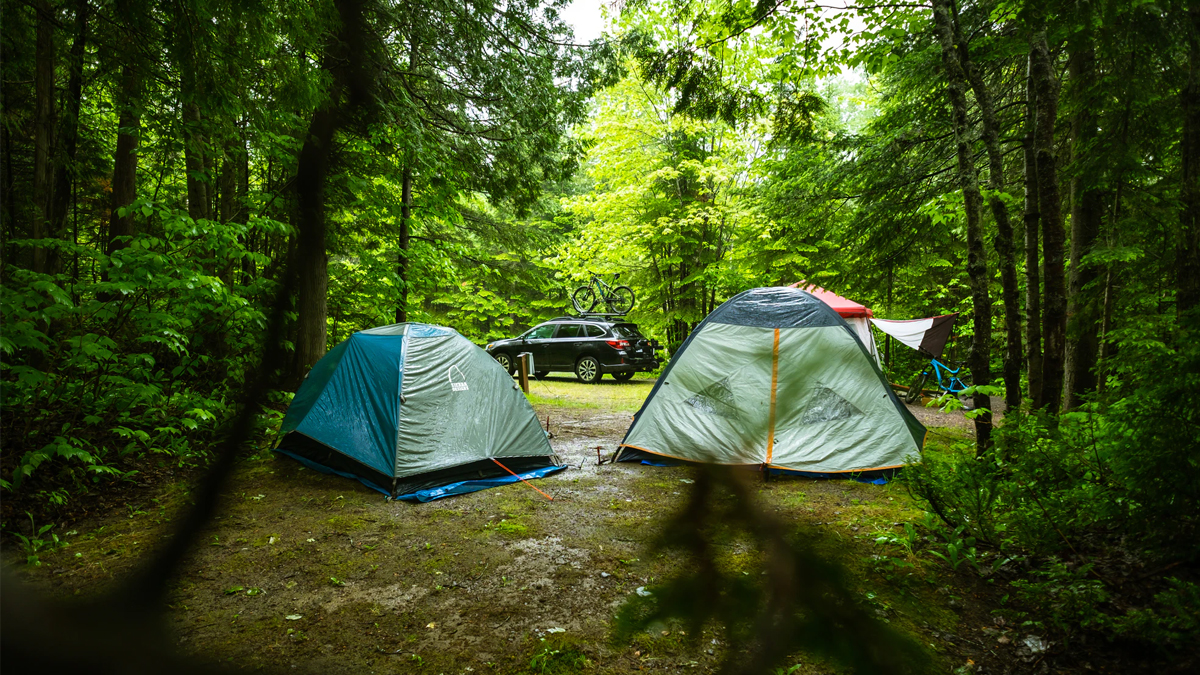on
Choosing a suitable campsite can be the difference between a good night’s rest and a wretched, even dangerous experience. Likewise, from a survival scenario point of view, selecting a decent location is going to provide safety and a series of resources that are going to keep you alive and comfortable during the situation. In either scenario, when making a decision to set up camp, choosing the right location is critical.
There are five important factors of wilderness survival that you need to take into account to stay safe and stay comfortable. The five factors include: wind, water, widowmakers, wood, and wildlife. These factors are referred to as the “5 W’s.”
1.Wood
In an emergency situation having a campfire can be the difference between life and death. Fueling the fire is essential, so choosing an area that has ample amounts of wood suitable for starting and sustaining a fire is important. When looking for wood to start a fire you must first find wood that is small in size, typically the size of a toothpick to the size of a number 2 pencil. Small wood like this is going to dry and burn more quickly giving the fire the heat it needs to grow.
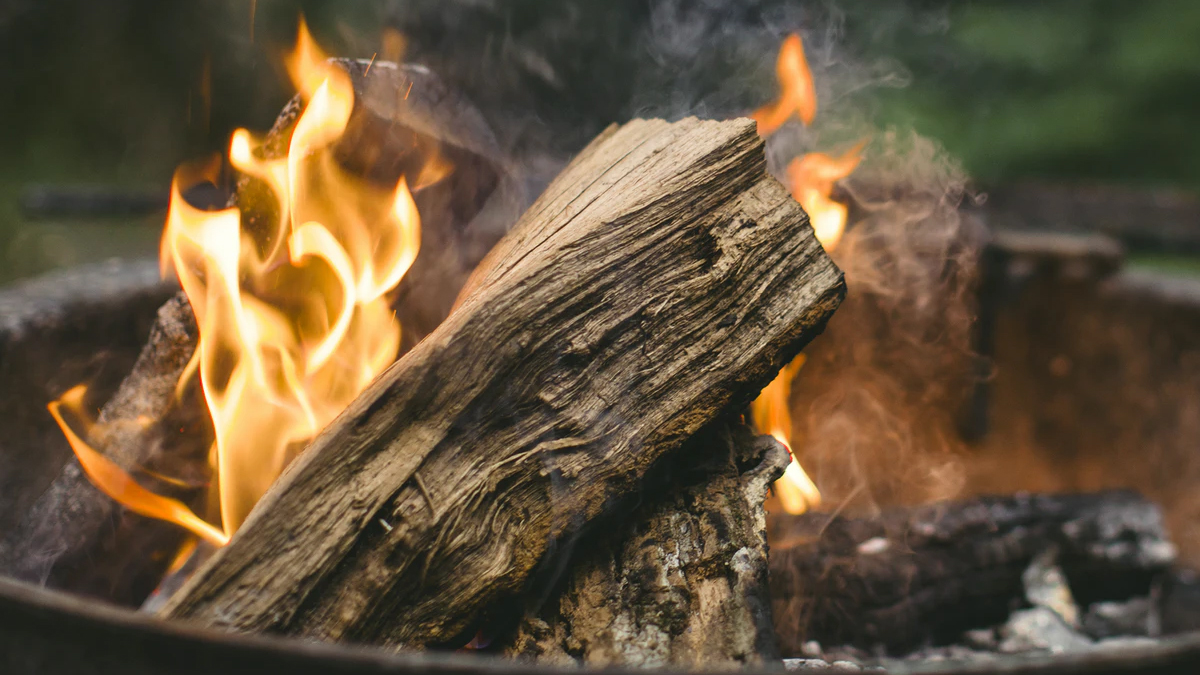
Once sustaining the fire, the next step is to locate larger pieces of wood like the size of one’s wrist. Staying up all night to put sticks on the fire is never pleasant so be sure that there are downed dead trees nearby in order to provide fuel for your stay as there is a possibility that an axe or saw may not be available. Learn to use what the landscape provides. It will minimize work and save calories.
2. Water
According to Live Science, a human can survive just over a week without water, but only under ideal circumstances. If you’re physically exerting yourself, however this number drops considerably. For that reason, in any outdoor situation, one of the first and most important things to sort out is finding clean drinking water.
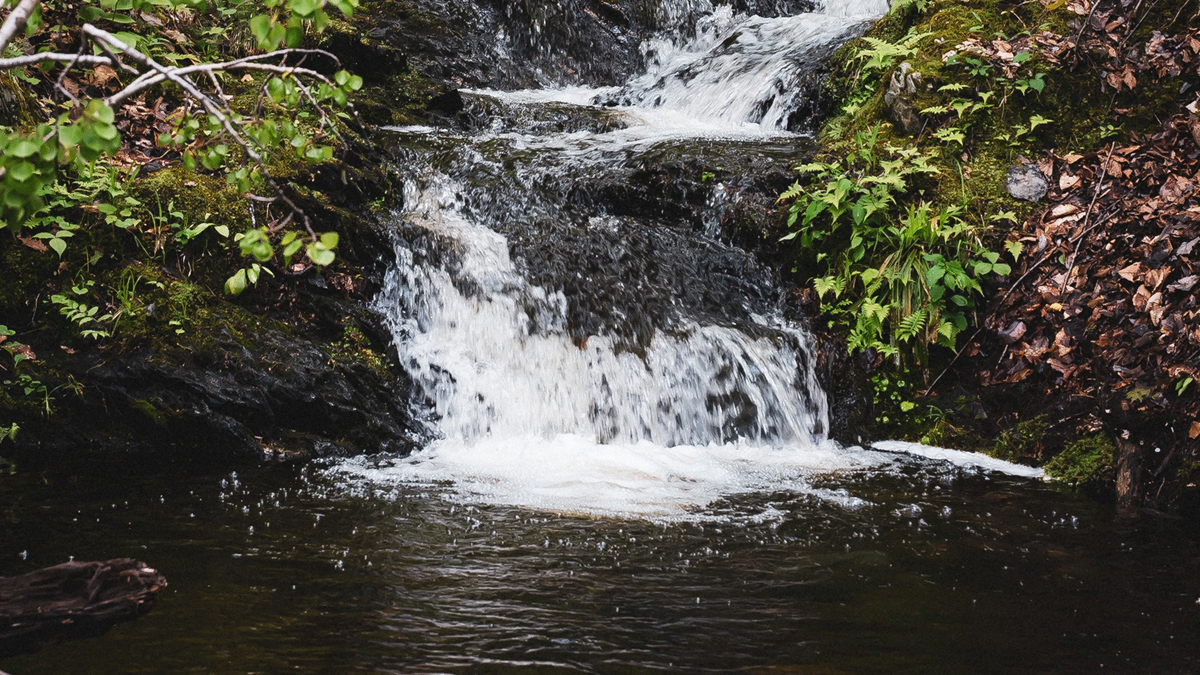
It is also important to think about water in two different ways. First, thinking about the location and positioning of water will determine where a shelter should be set up. You do not want to be in a position where water will collect near the shelter or run through the area. The purpose of a shelter is void when you have to move camp and reposition a shelter during a storm.
To do this, check for high and low areas in the ground. Walking through camp will allow the individual to explore for these spots in the ground, and also examine the ground for erosion. Leaves and dirt that look like they have been pushed unnaturally in a specific direction is a good sign of water runoff.
Second, ensure that there is a water source nearby for drinking. Moving camp 200-300 yards in a single direction will yield a more accessible approach to a water source and provide water for not only drinking but for cleaning and washing dishes.
3. Wind/Weather
Depending on where you are, weather can be a critical factor in survival. Storms or inhospitable temperatures demand immediate attention. Be mindful of what might be coming your way and plan accordingly. For example, windy, wet climates require you to build a shelter or set up your tent sooner rather than later. As Princeton University’s Outdoor Action reported, getting your clothes or equipment wet can exacerbate your risk of hypothermia.
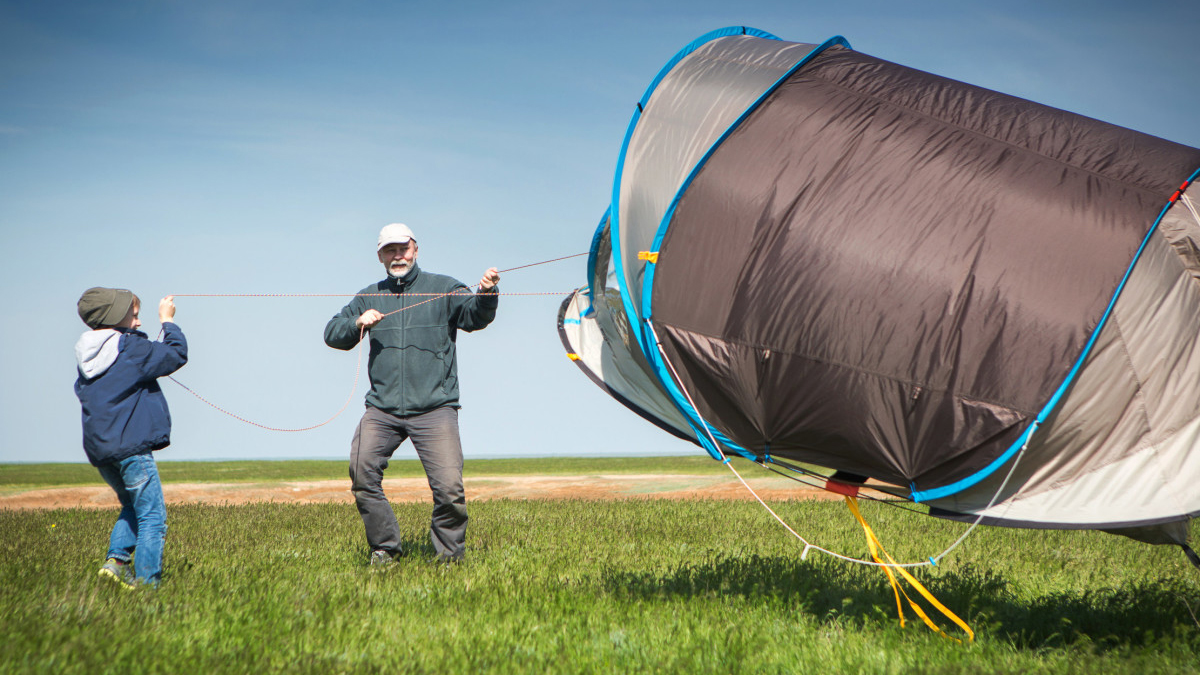
On a hot day, a cool breeze is very refreshing. Early morning breezes can also bring freshness to your tents and campsites.
Strong winds, however, can turn a good camping experience into a bad one. Ever try to set up a tent or tarp with hard winds blowing? Have you ever put a stake into the ground only to have it uprooted by the wind? Strong winds are also a problem when trying to start and contain a fire. You don’t need the wind blowing sparks throughout your campsite. For these reasons, you’ll want to have some sort of shelter (a large rock or a line of trees) to protect you from stormy winds.
4. Widowmakers
As you set up your camp, you need to look out for widowmakers. This refers to any naturally occurring thing that could cause injury. For example, avoid settling in alongside a riverbank that could flood or underneath a tree full of dead branches that could fall without warning. Same goes for setting up under rock ledges that could become unstable. This is the most dangerous of the 5 W’s so pay attention to possible hazards before setting up camp.
5. Wild things
Wild things are all around you – ants, mosquitoes, gnats, ticks, etc. They can ruin your campout if you are not careful. With careful planning, you can avoid some of them. If you pitch your tents 10 to 15 feet above a stream or lake, you can avoid those insects that swarm down close to the water’s surface.
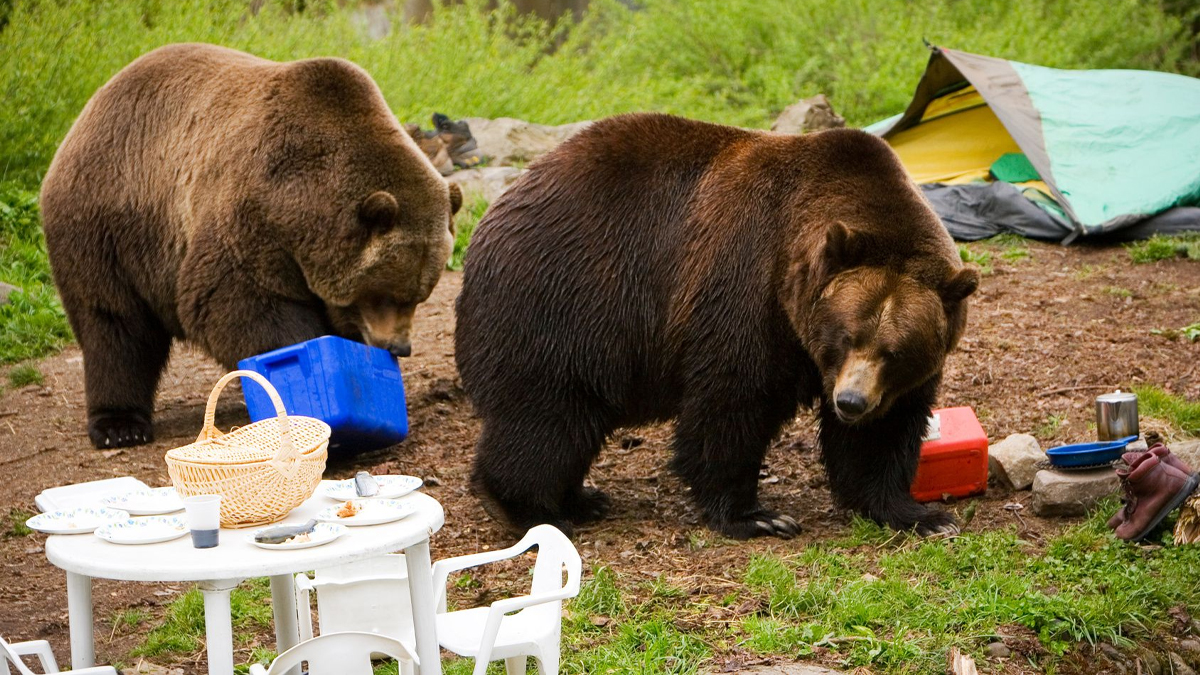
Poison ivy and poison oak can ruin a good campout if they find you first. Take the time to check your campsite for these wild things, especially if you are sensitive to them.
Make sure you protect your food from wild animals. Raccoons like to dine on your week’s supply of food. In some areas, bears are a problem. Know what kinds of wild animals are in your area so you won’t be surprised unexpectedly.
Get access to premium content and more!



